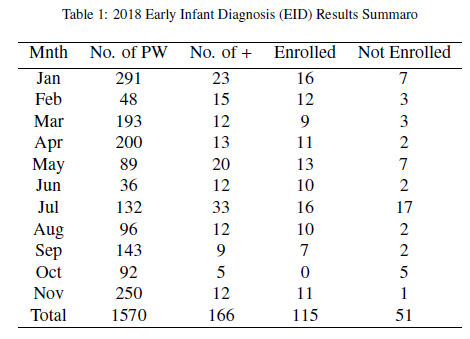Juxtaposing Vertically Transmitted Infections (VTIs) and the Spread of HIV/AIDS in a Typically Infection Prevalent Region in Nigeria
Keywords:
Human Immunodeficiency Virus (HIV), Acquired Immune Deficiency Syndrome (AIDS), Vertically Transmitted Infections (VTIs), Akwa Ibom State.Abstract
In this paper, we investigate by putting side by side the rate at which Human Immuno-deficiency Virus/ Acquired Immune Deficiency Syndrome HIV/AIDS spreads through Vertical Transmission (VT) in a typically infection prevalent region. Also, we model this relationship and present the enormity and the likelihood of mother-to-child infections given Age, Weight, and Dosage of Drugs taken by the pregnant women. Binary logistics regression is the approach employed in the analysis of this work. The method is necessary given the dichotomous nature of the variable
under investigation, in this case, the status of the newborns. The result from the Binary logistic regression shows that the probability that a child will be infected given that the mother is positive is 0.098235 approx 0:1, and this is unlikely to happen given the small probability. This result is in line with the proportion of Event count which is aprox 0:1. Other complimentary test results also agree that given the biomarkers (Age, weight and drug doses of the mothers) used in the study, the possibility of a newborn acquiring the deadly disease is very minimal. The study revealed that, given these biomarkers, the chances of newborns being infected with HIV/AIDS through VT is very minimal. Hence, there is need for donors and interventionists agencies to redirect attention and interventions to other modes of transmissions.

Published
How to Cite
Issue
Section
Copyright (c) 2022 Journal of the Nigerian Society of Physical Sciences

This work is licensed under a Creative Commons Attribution 4.0 International License.







